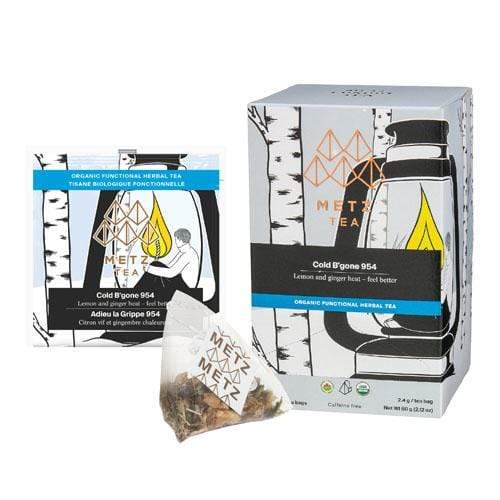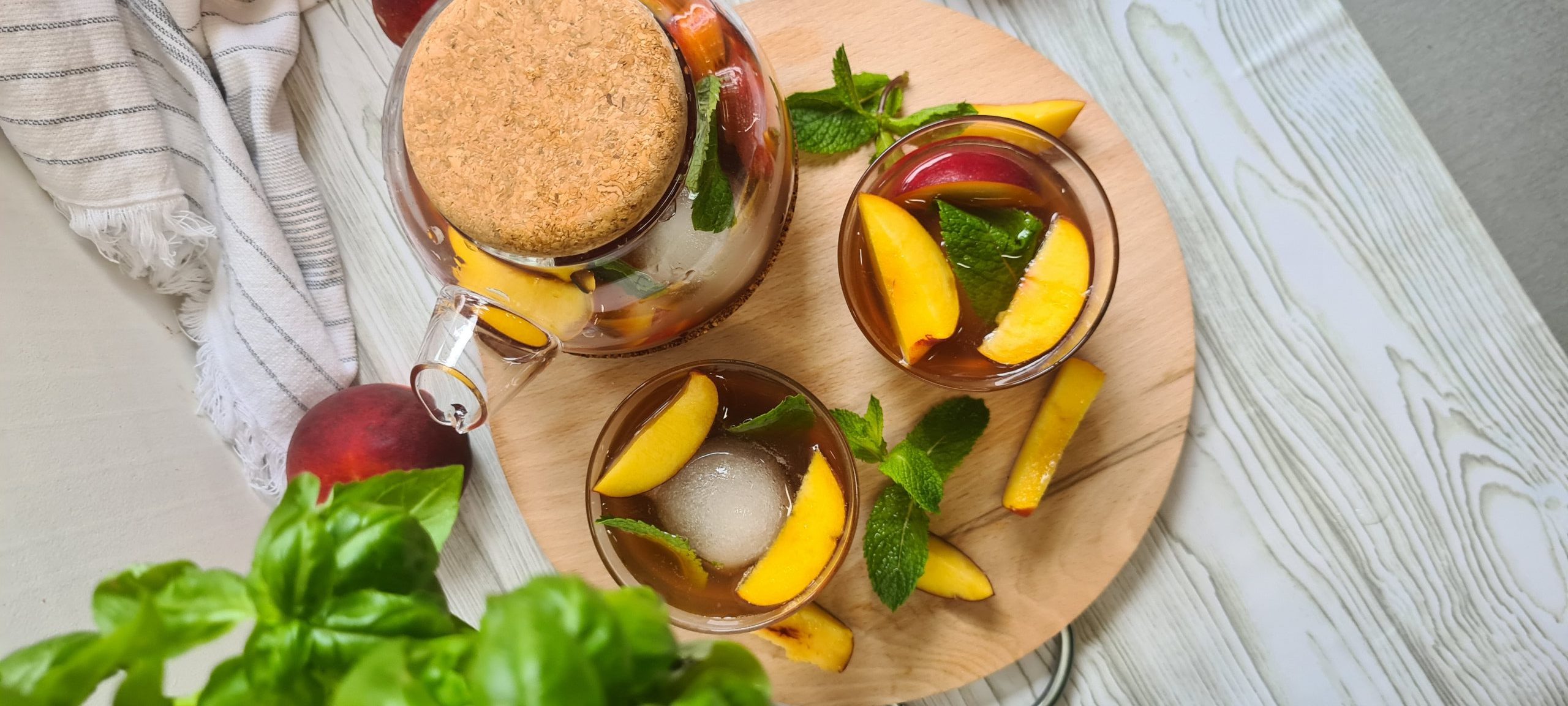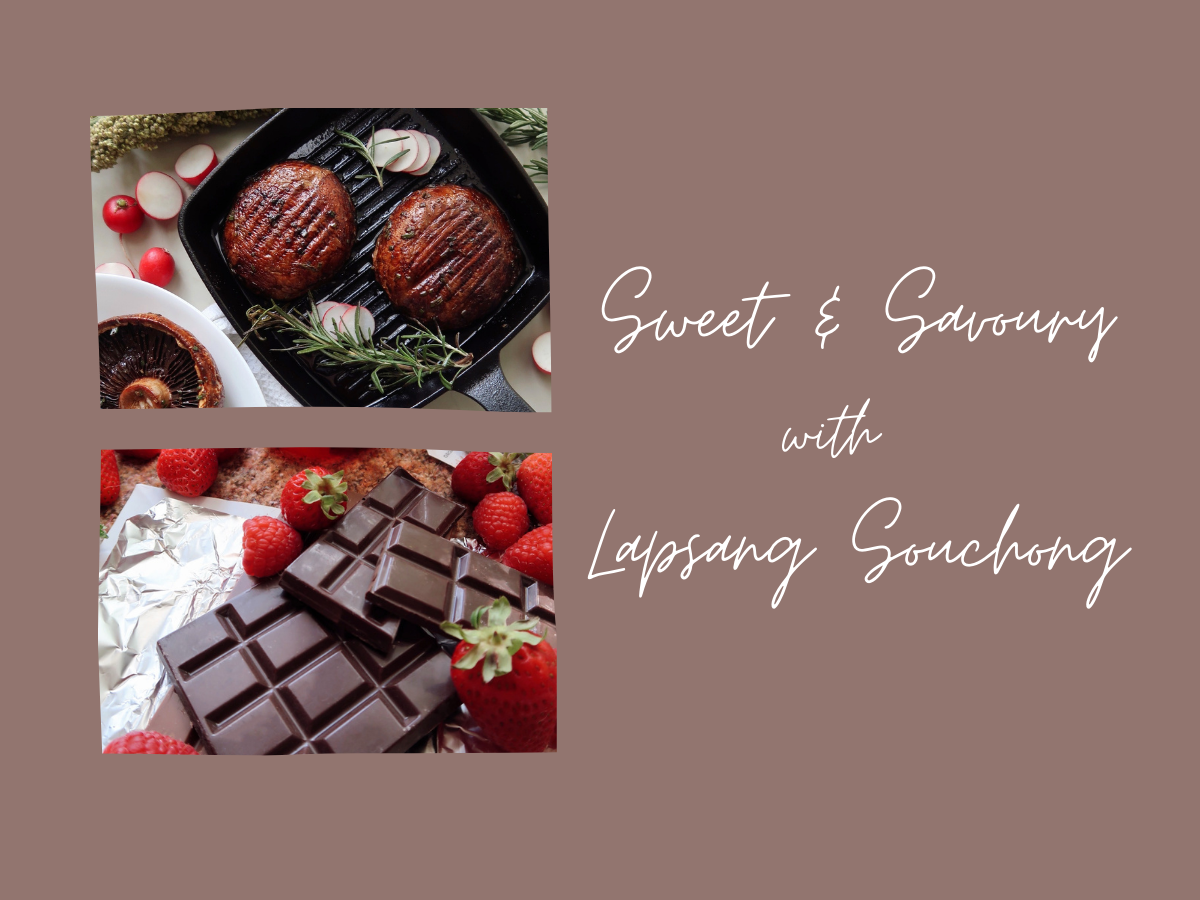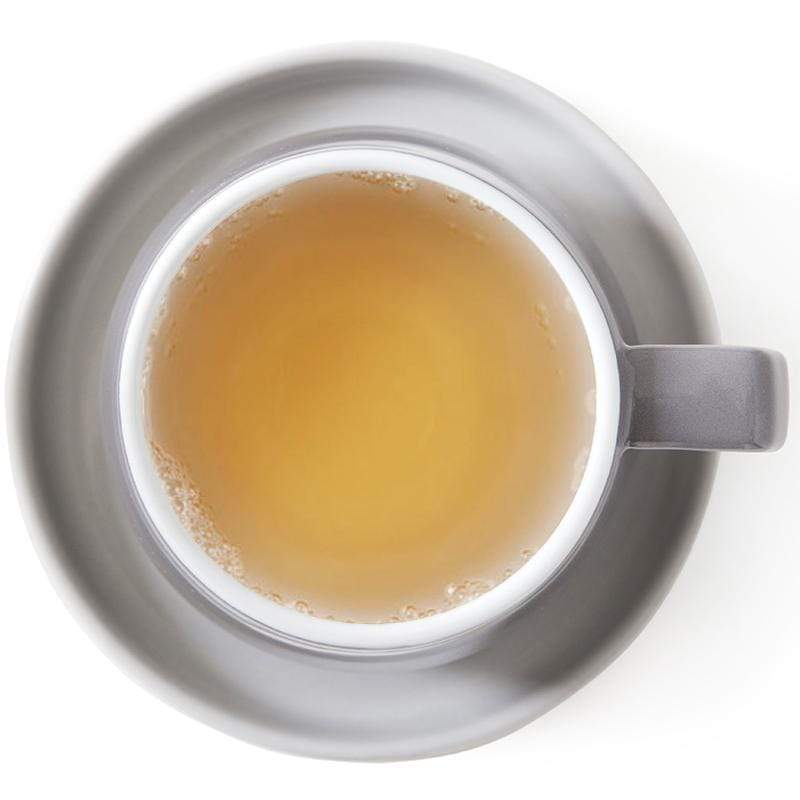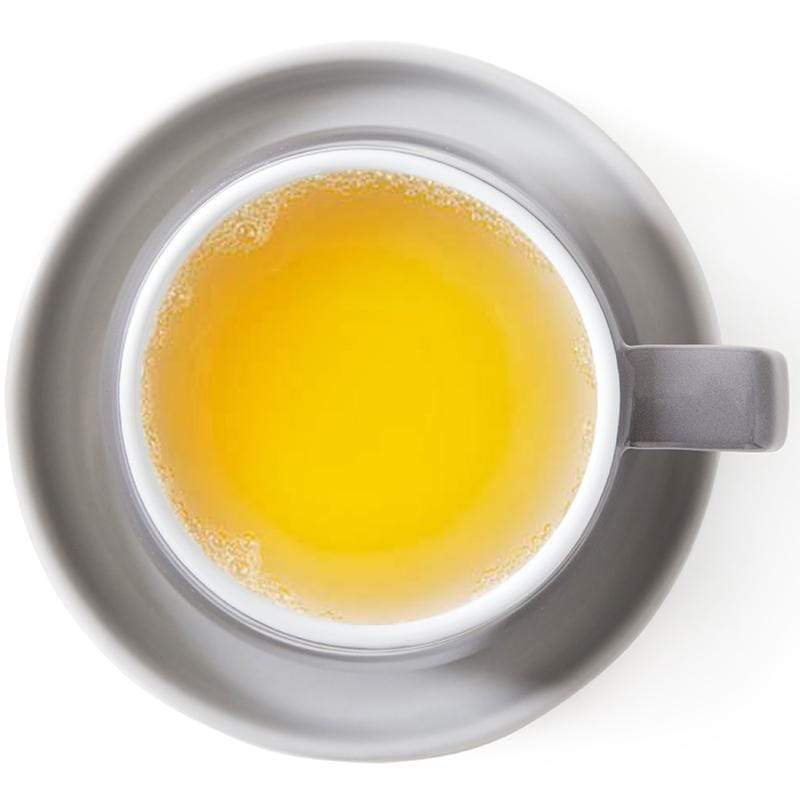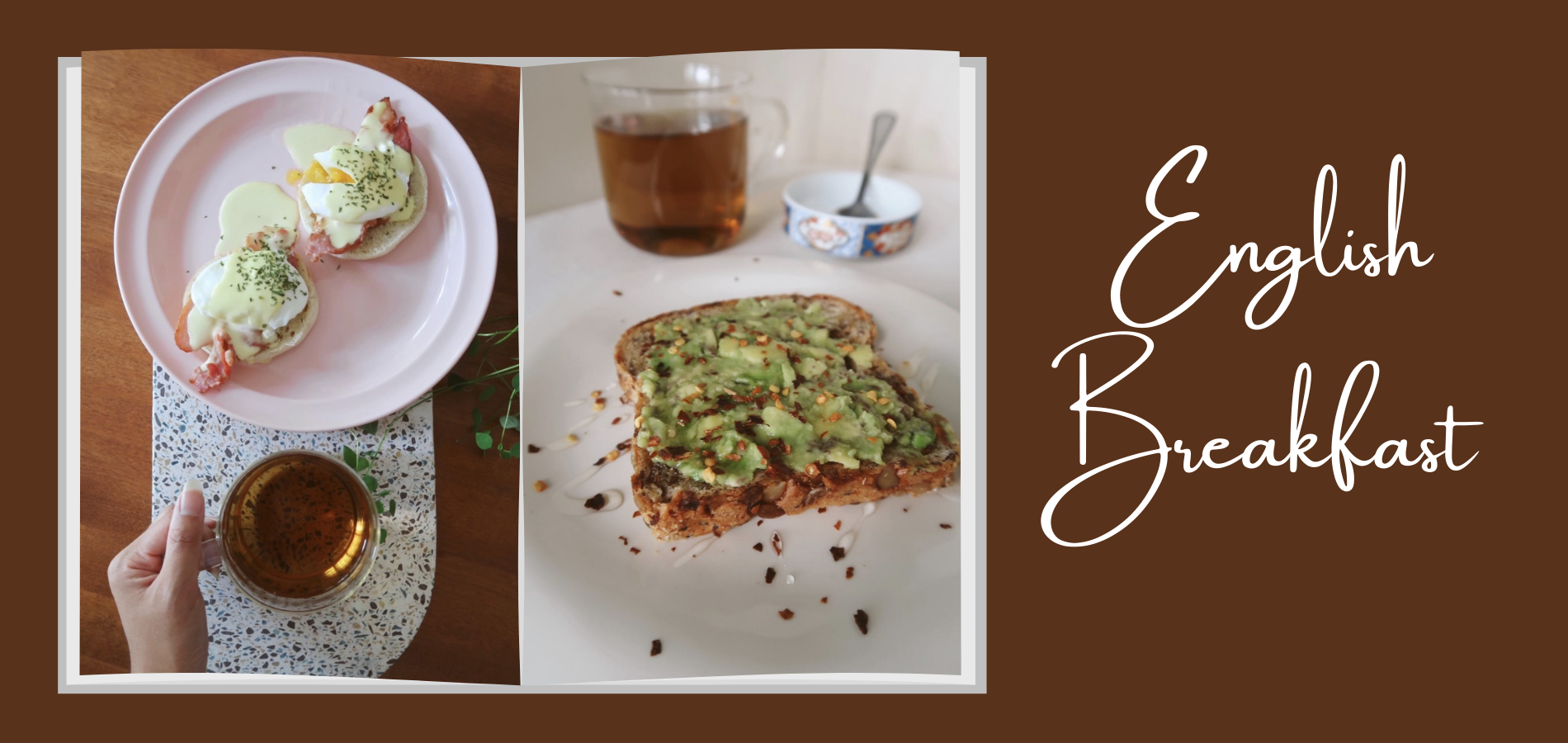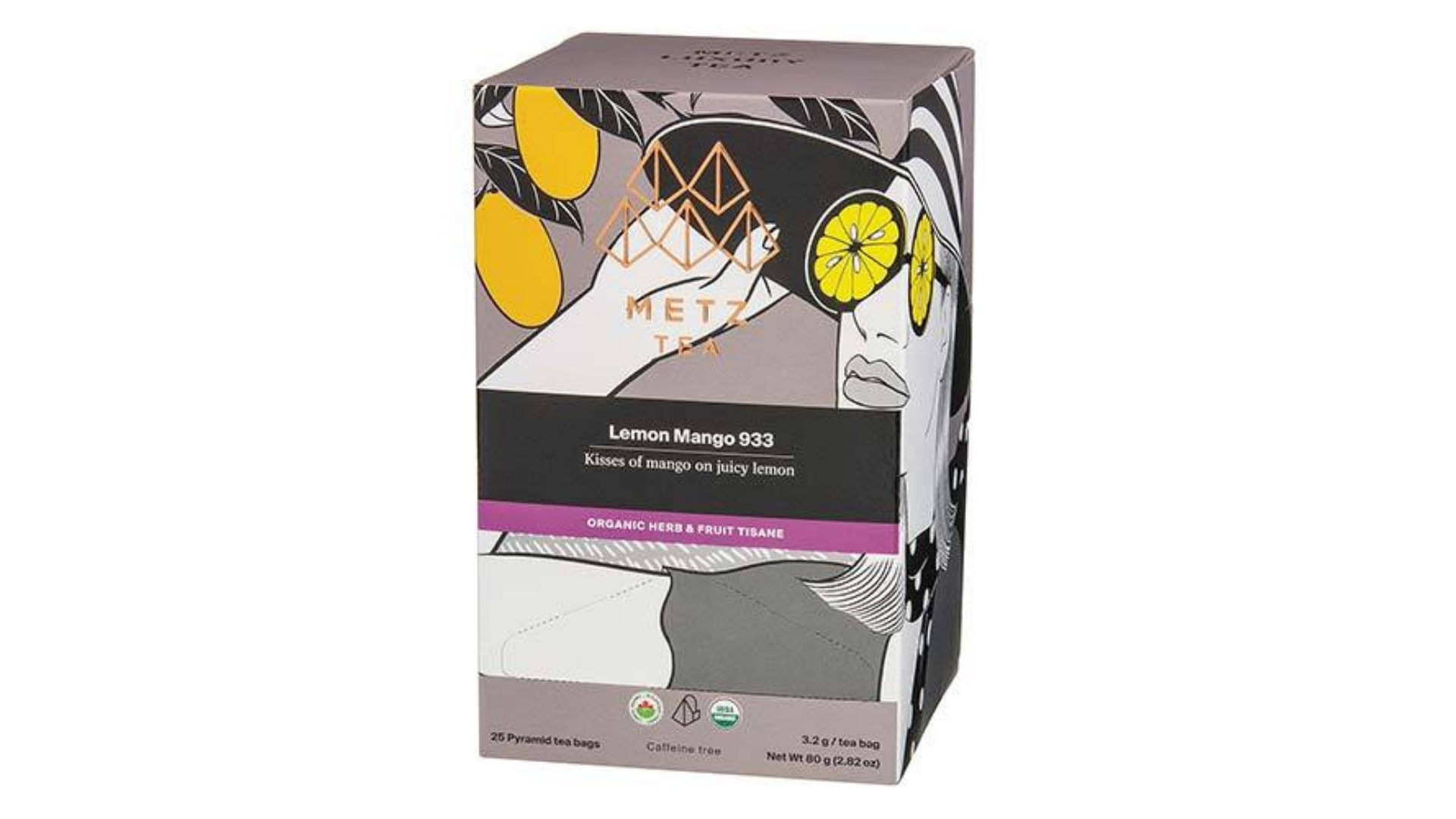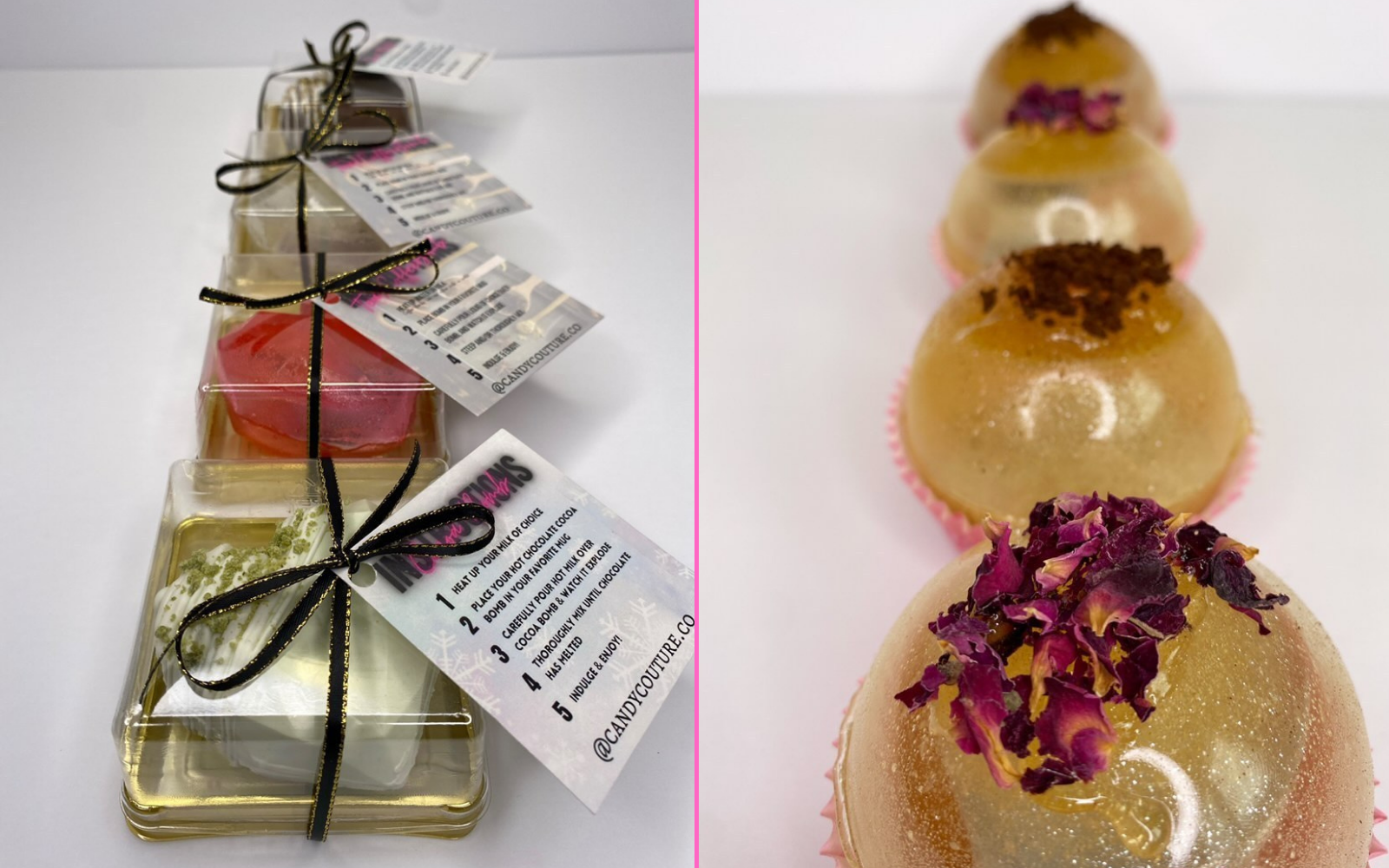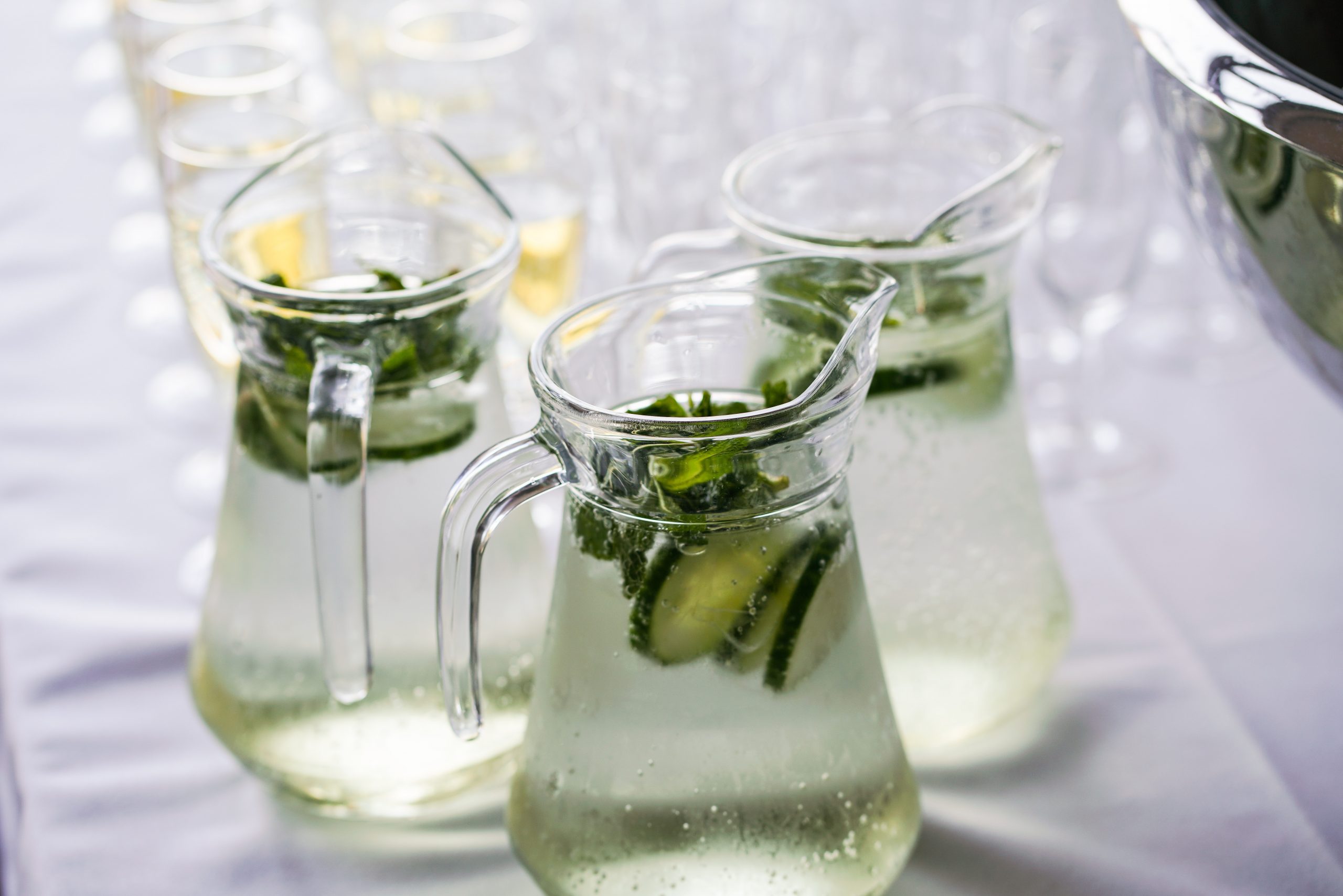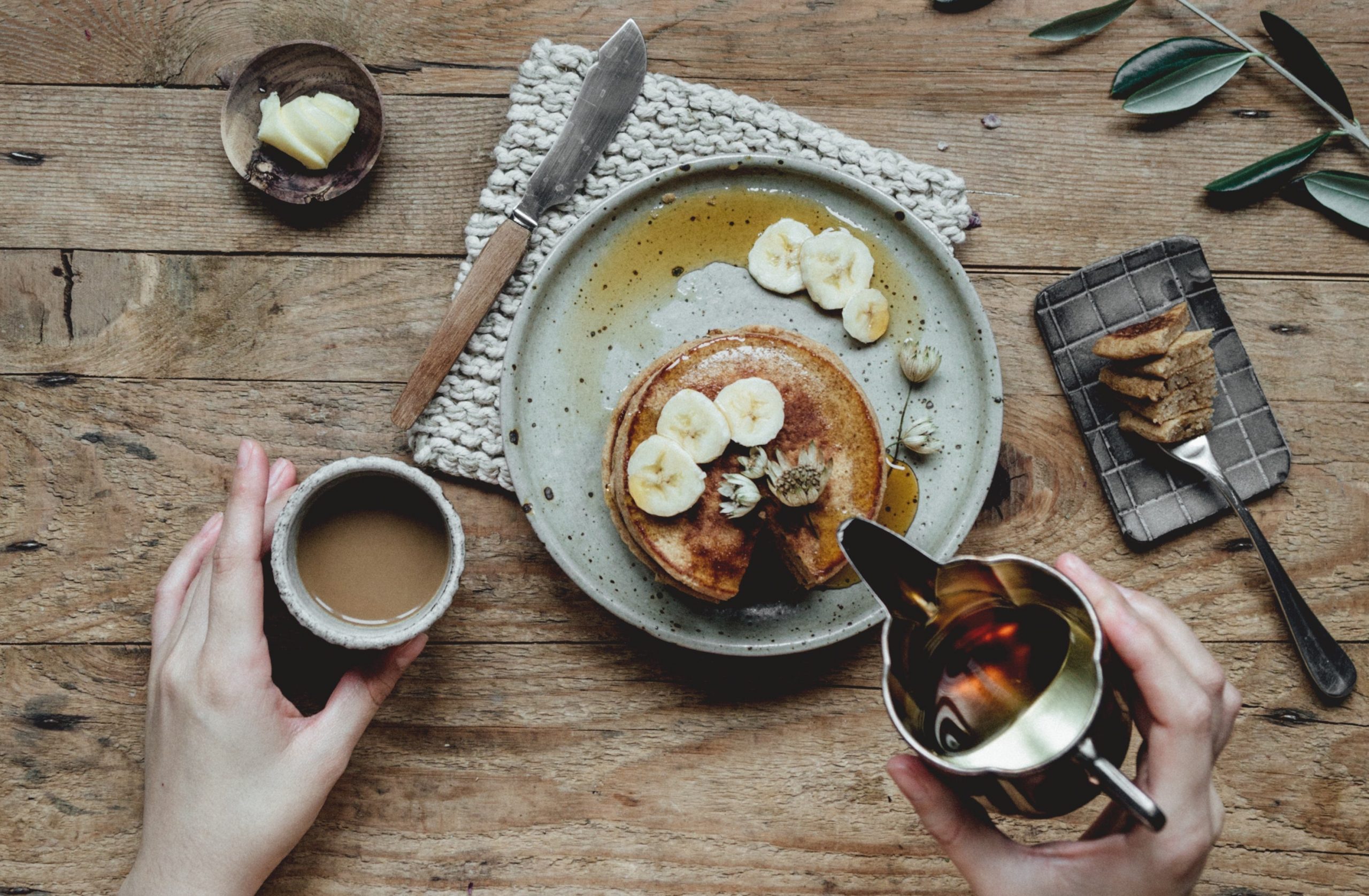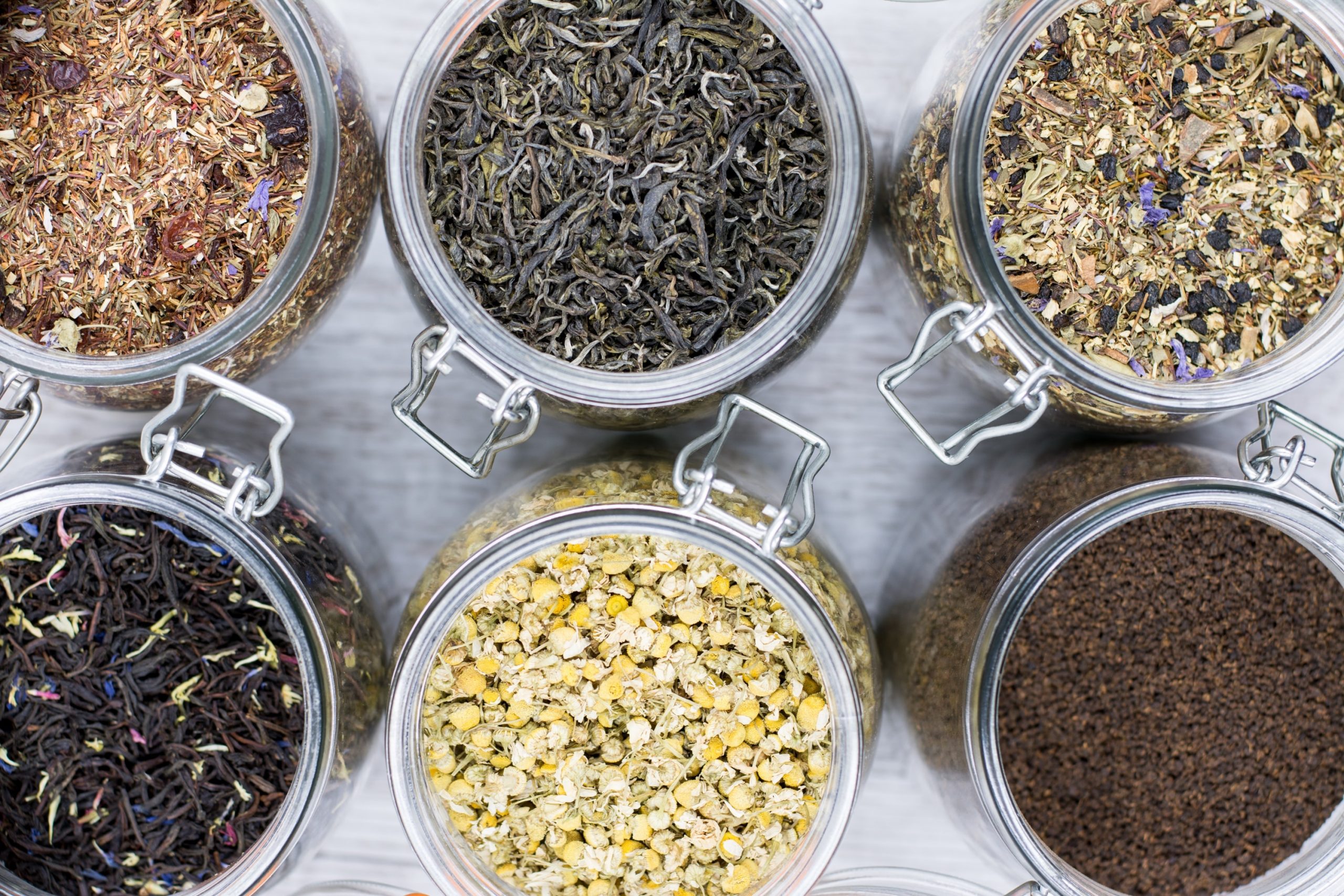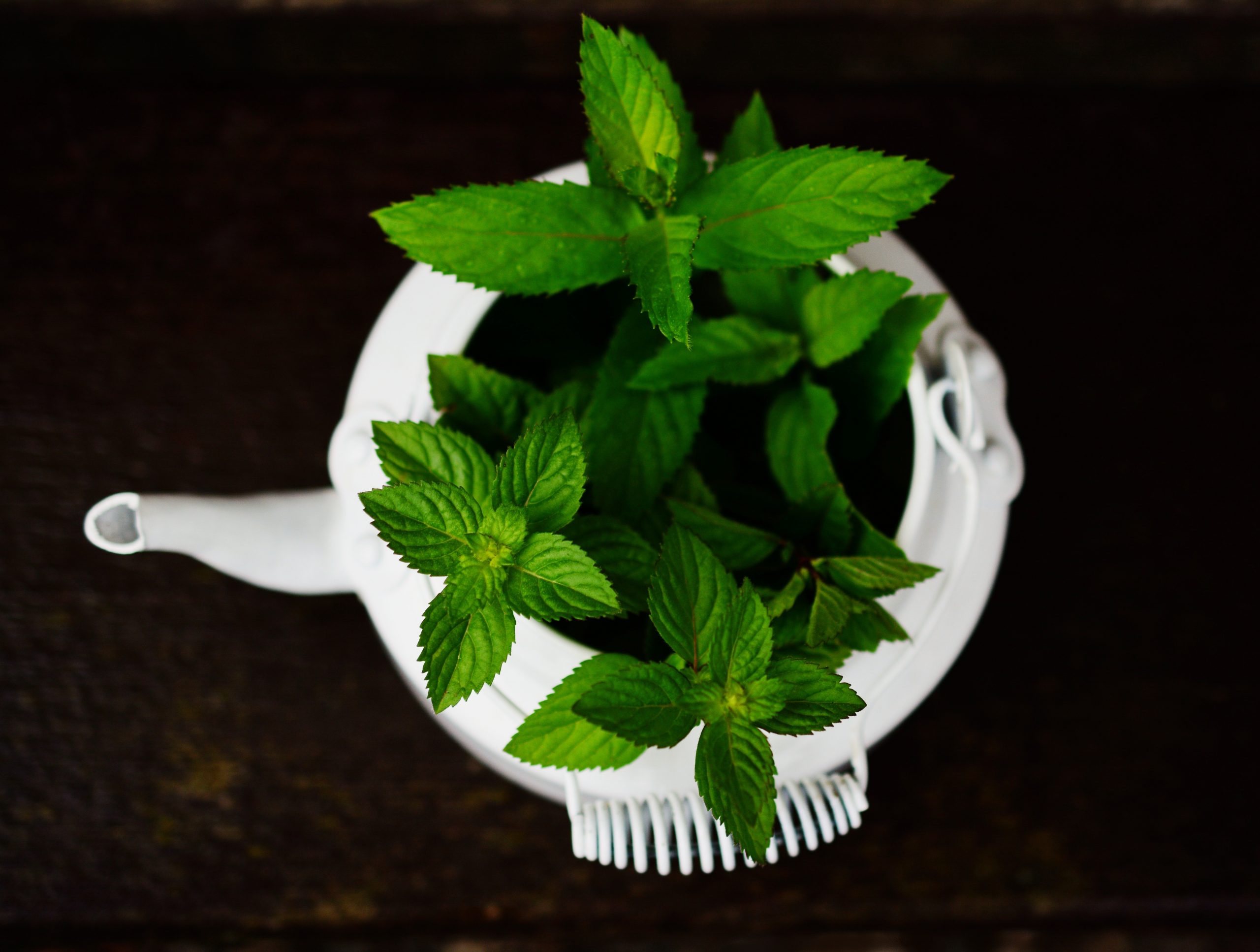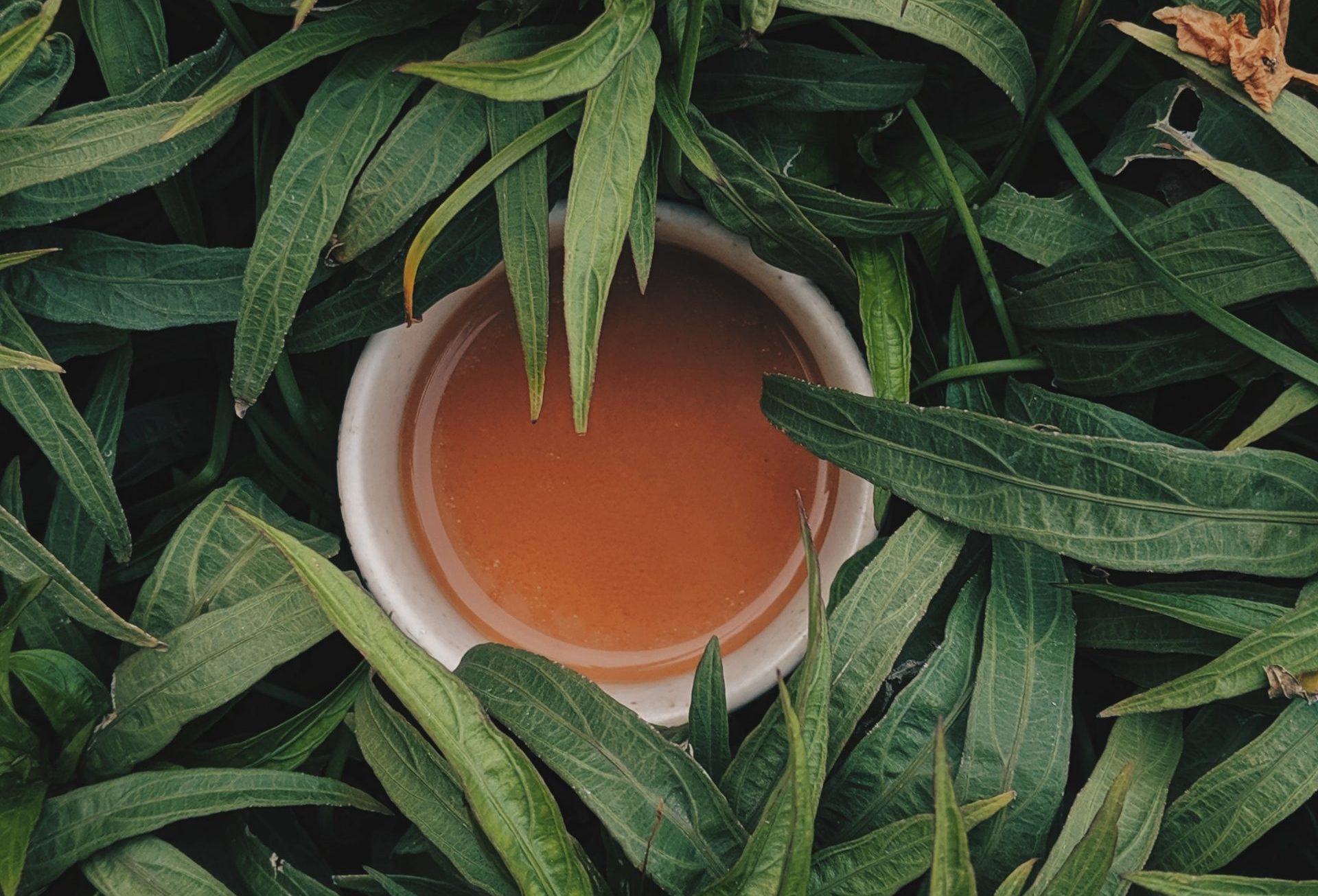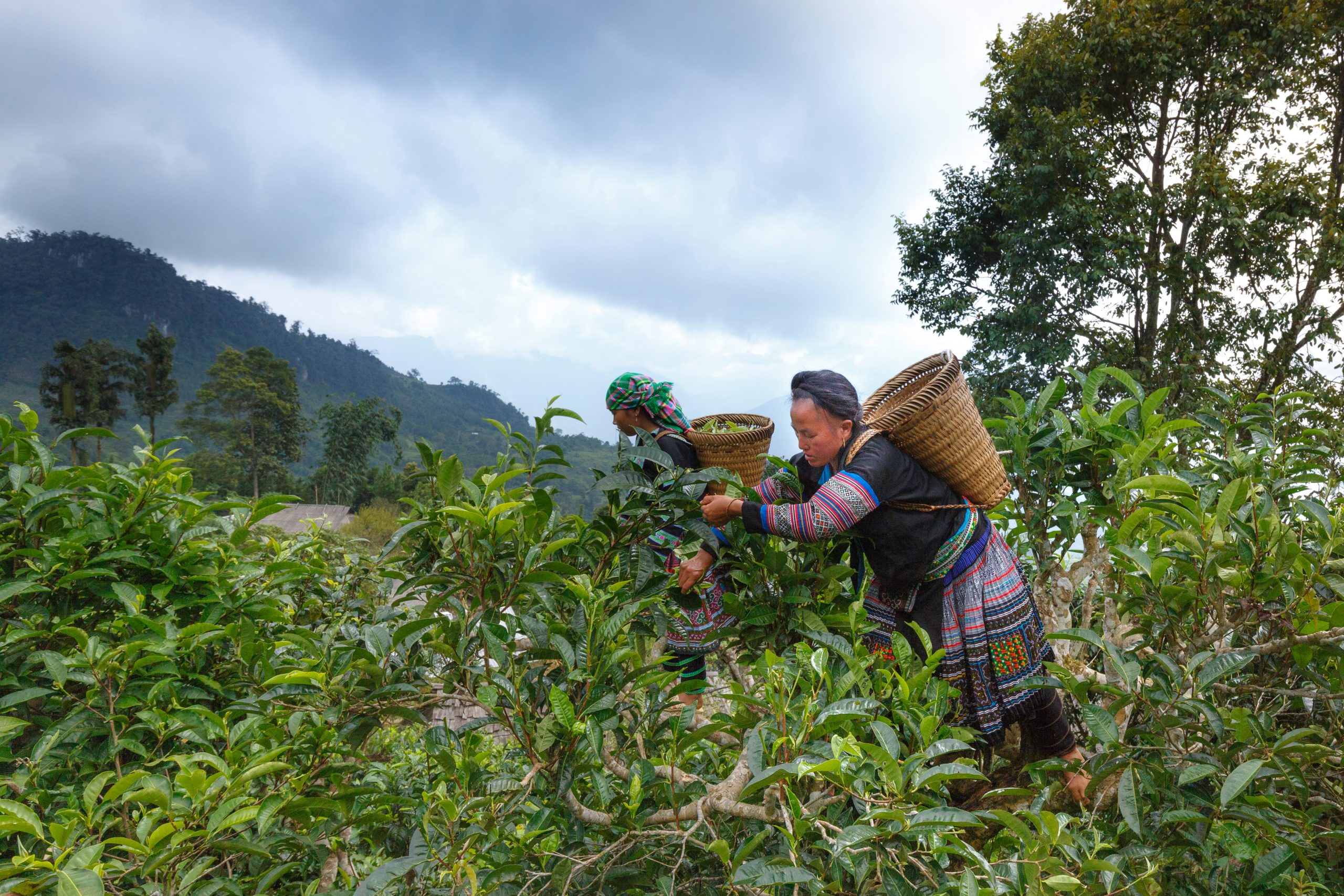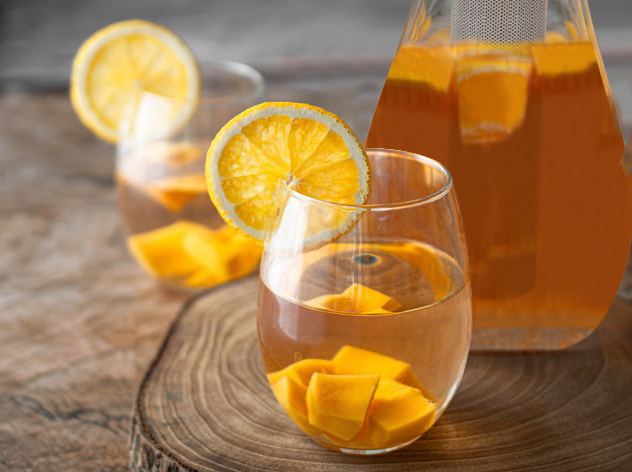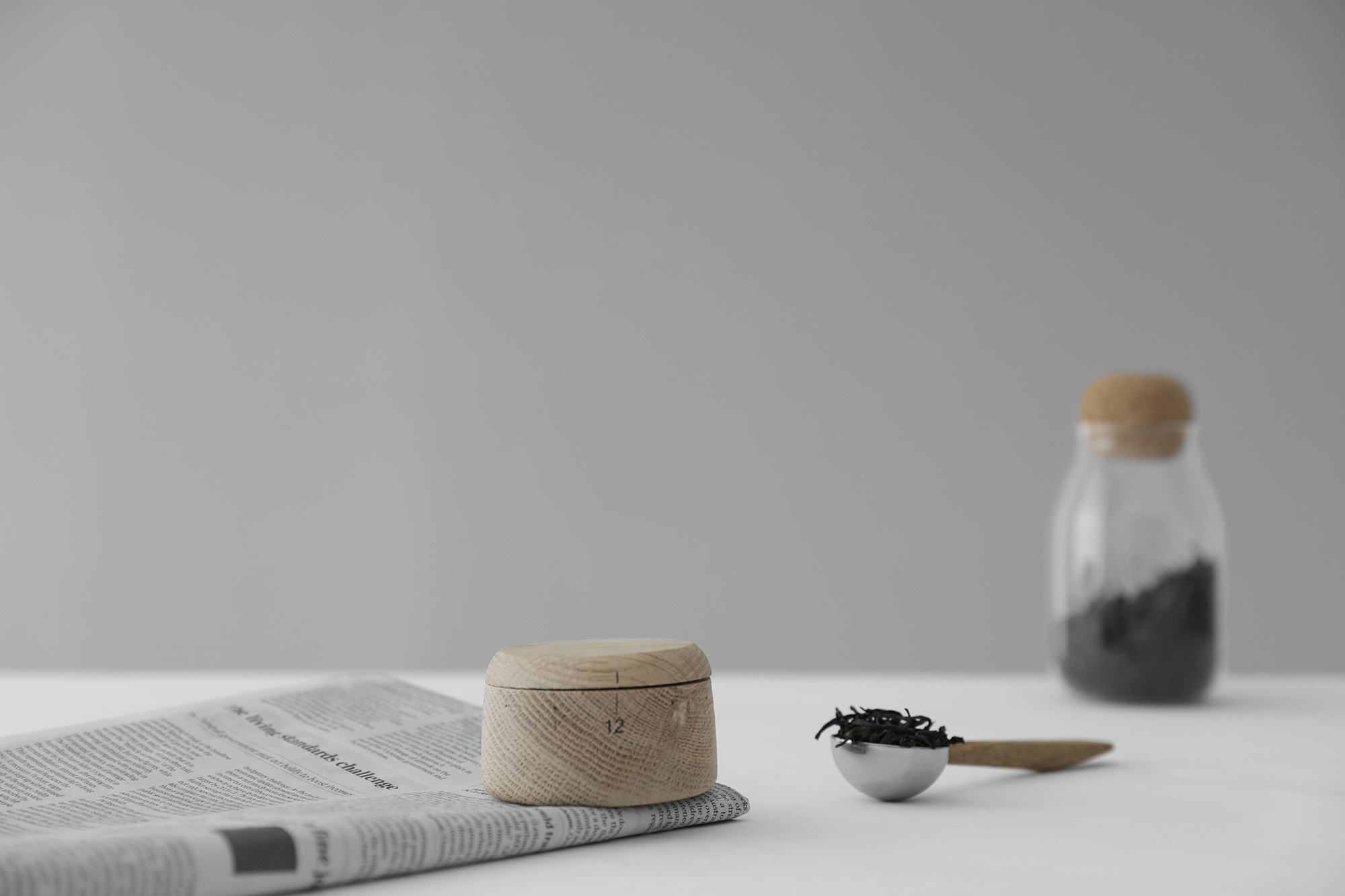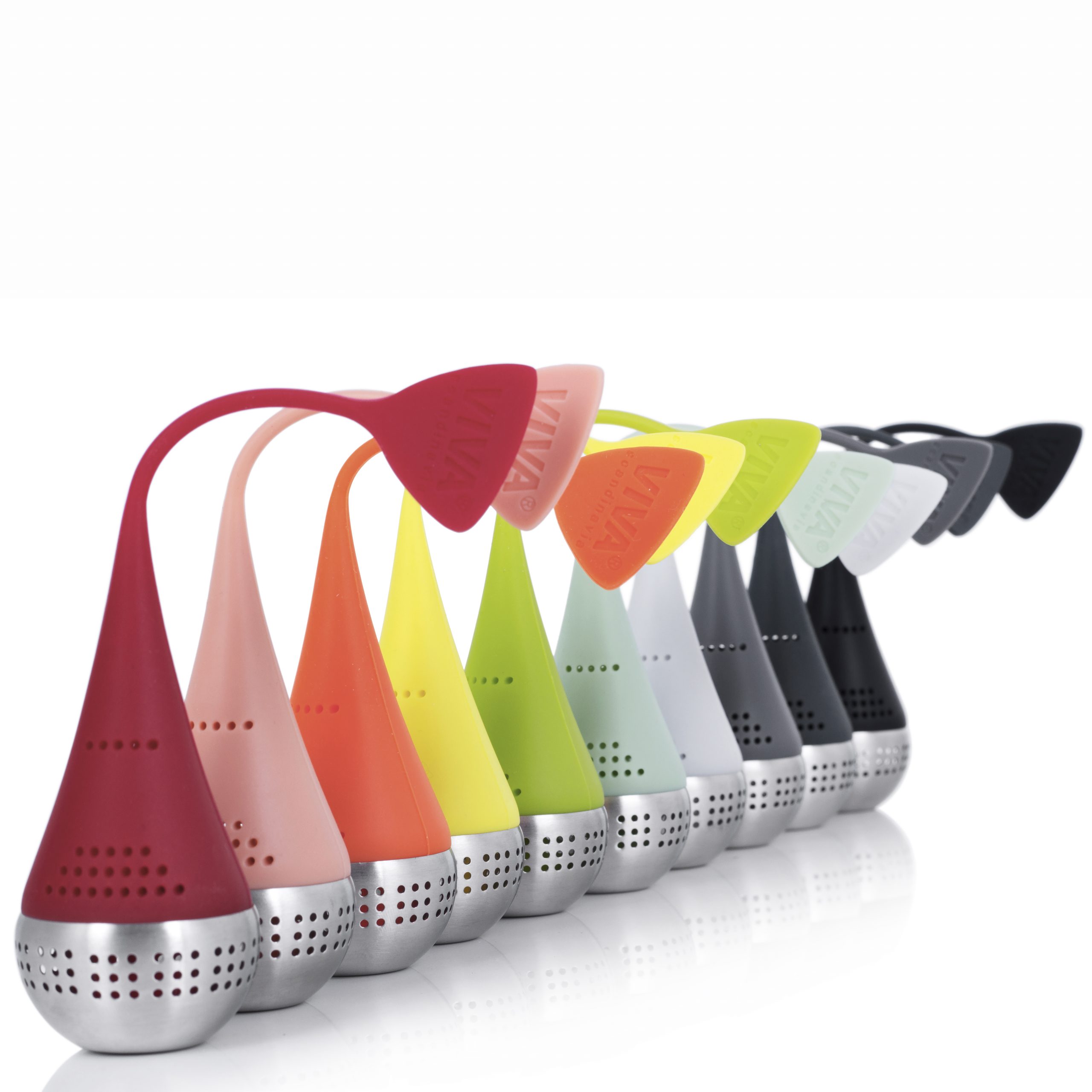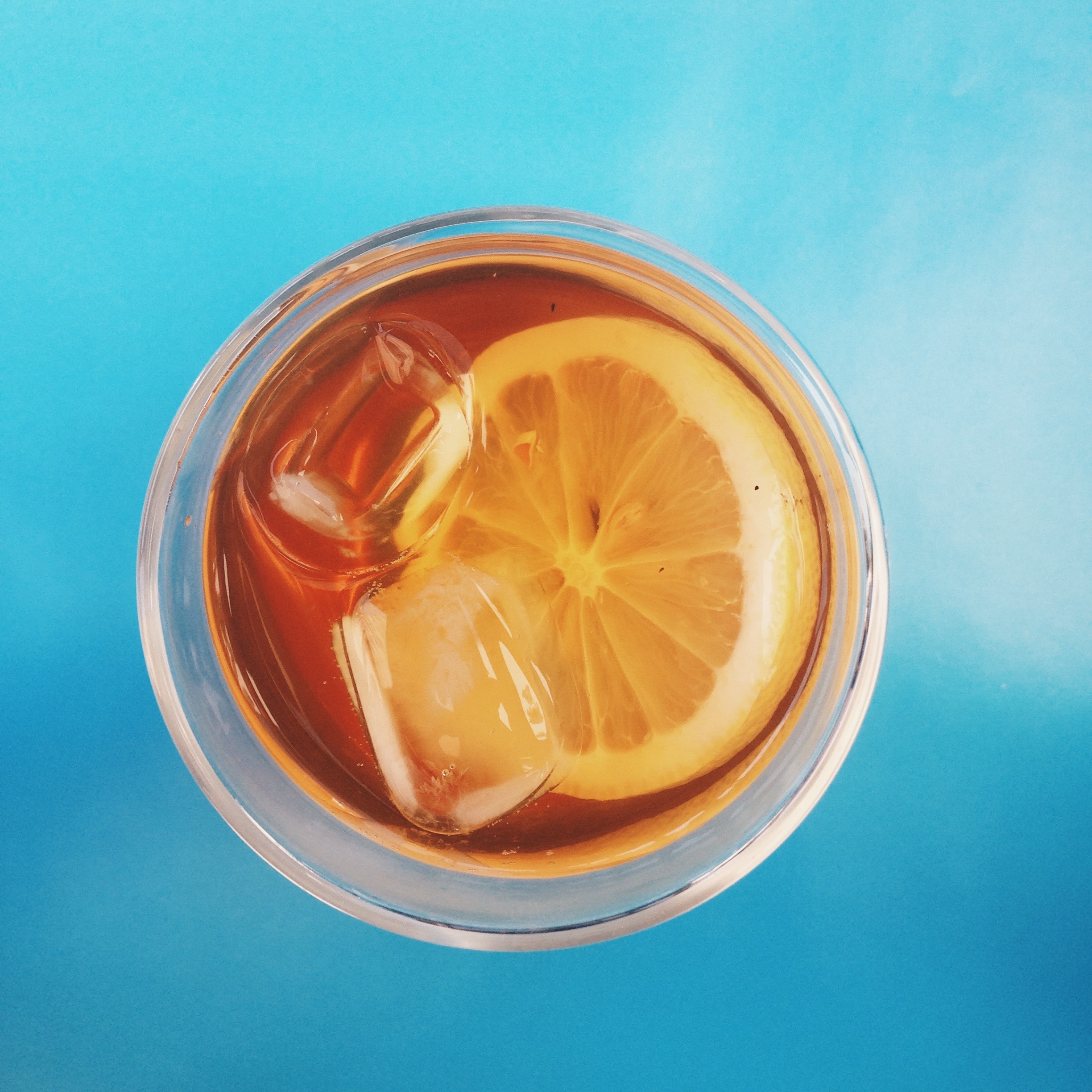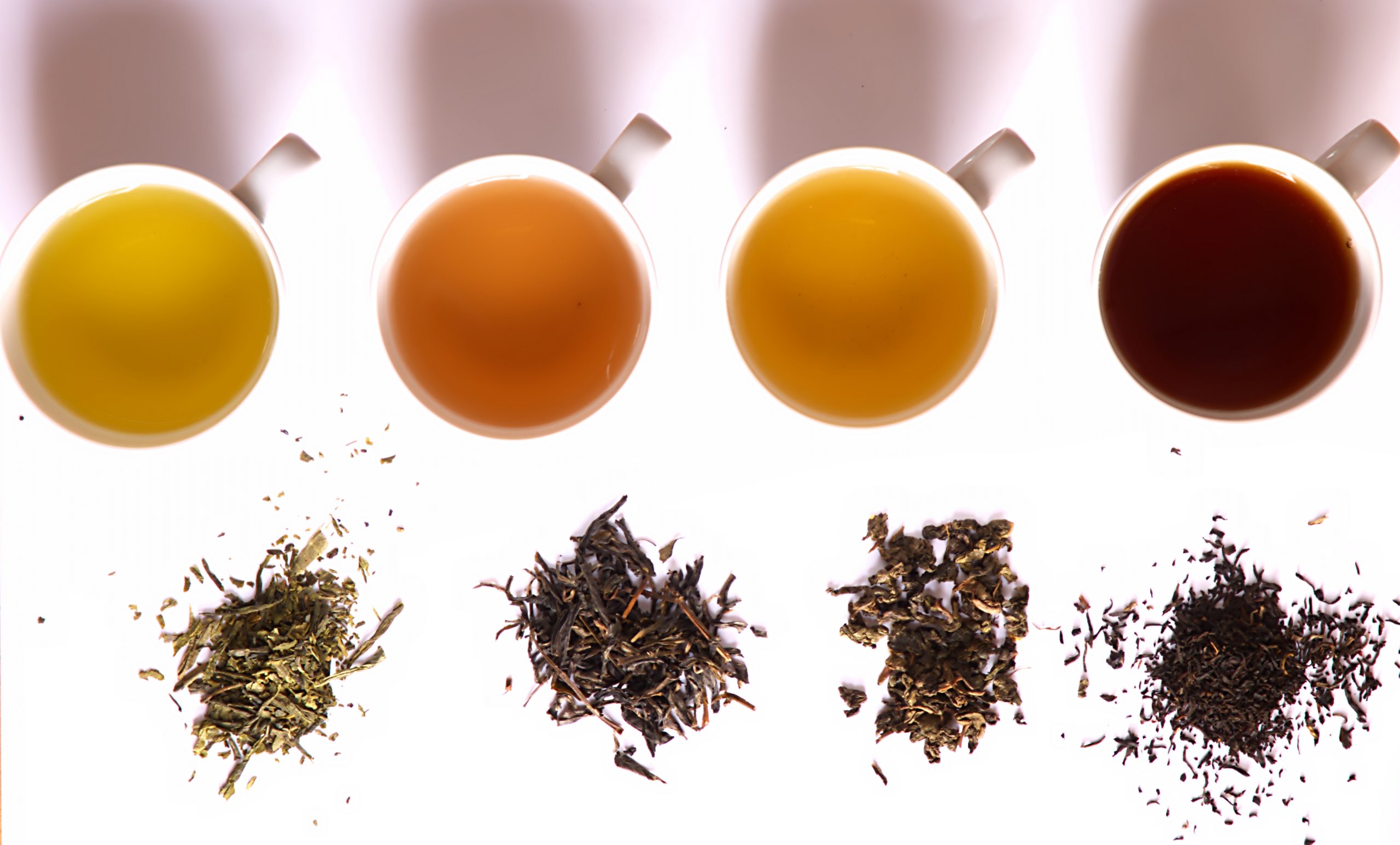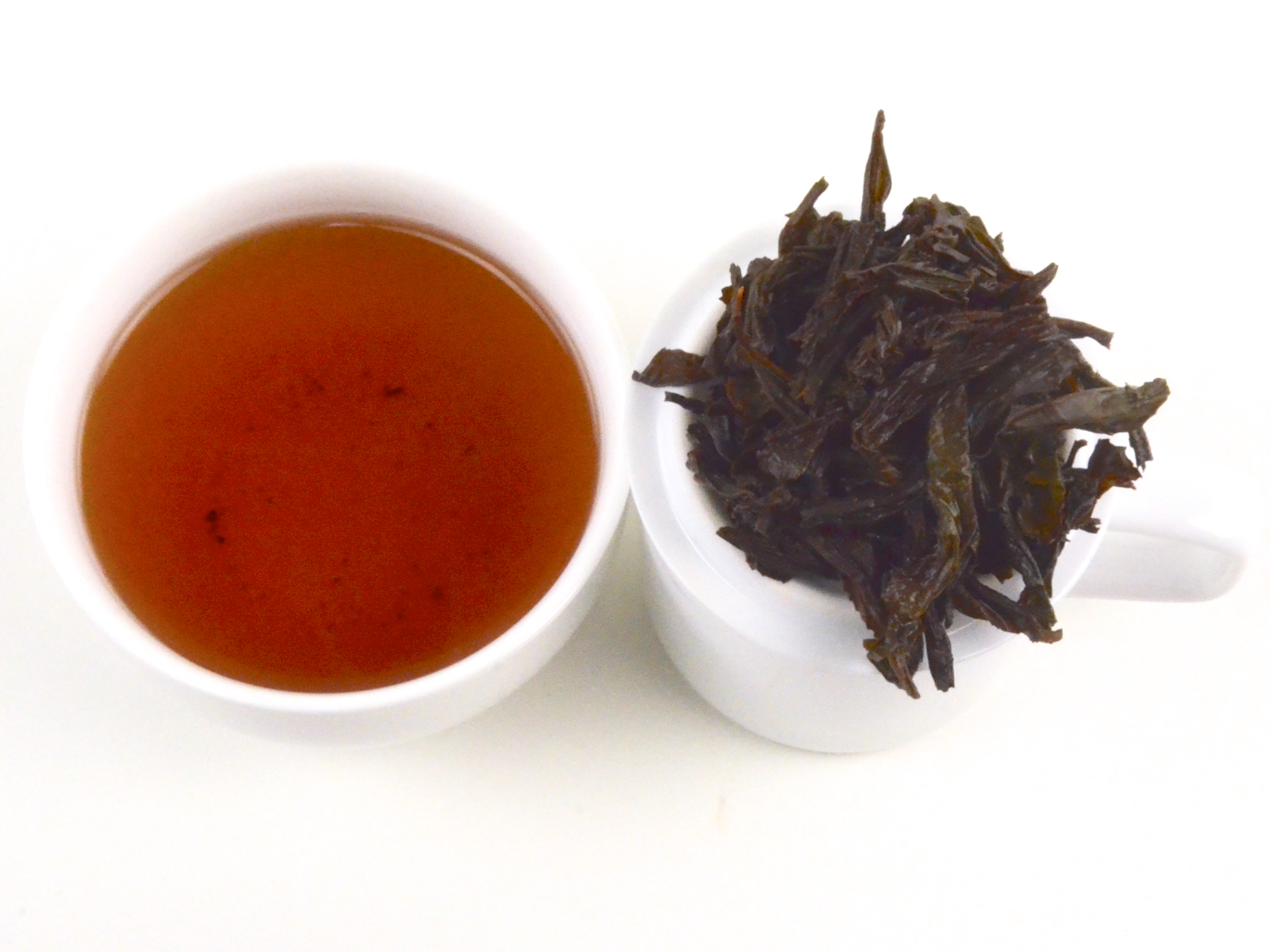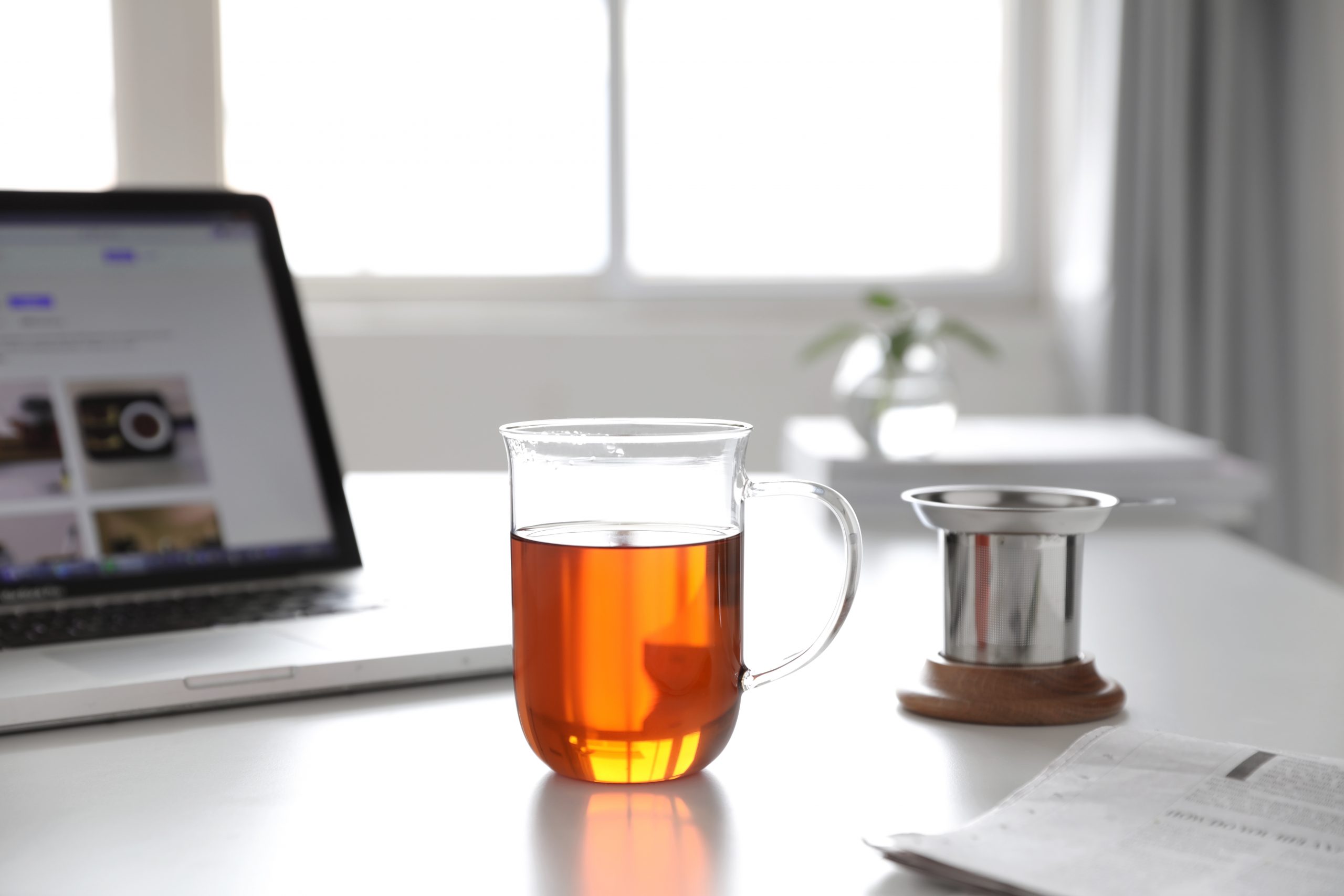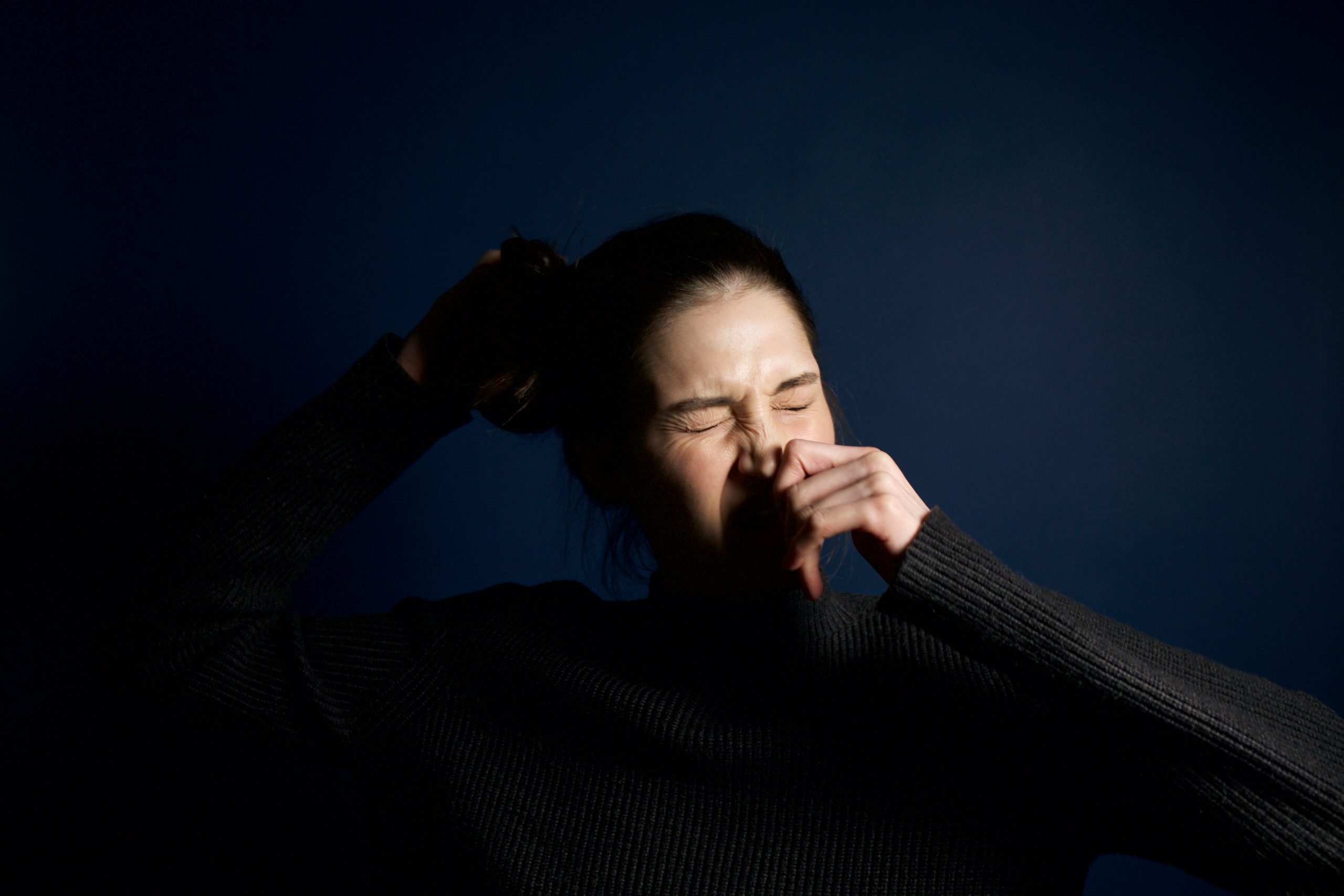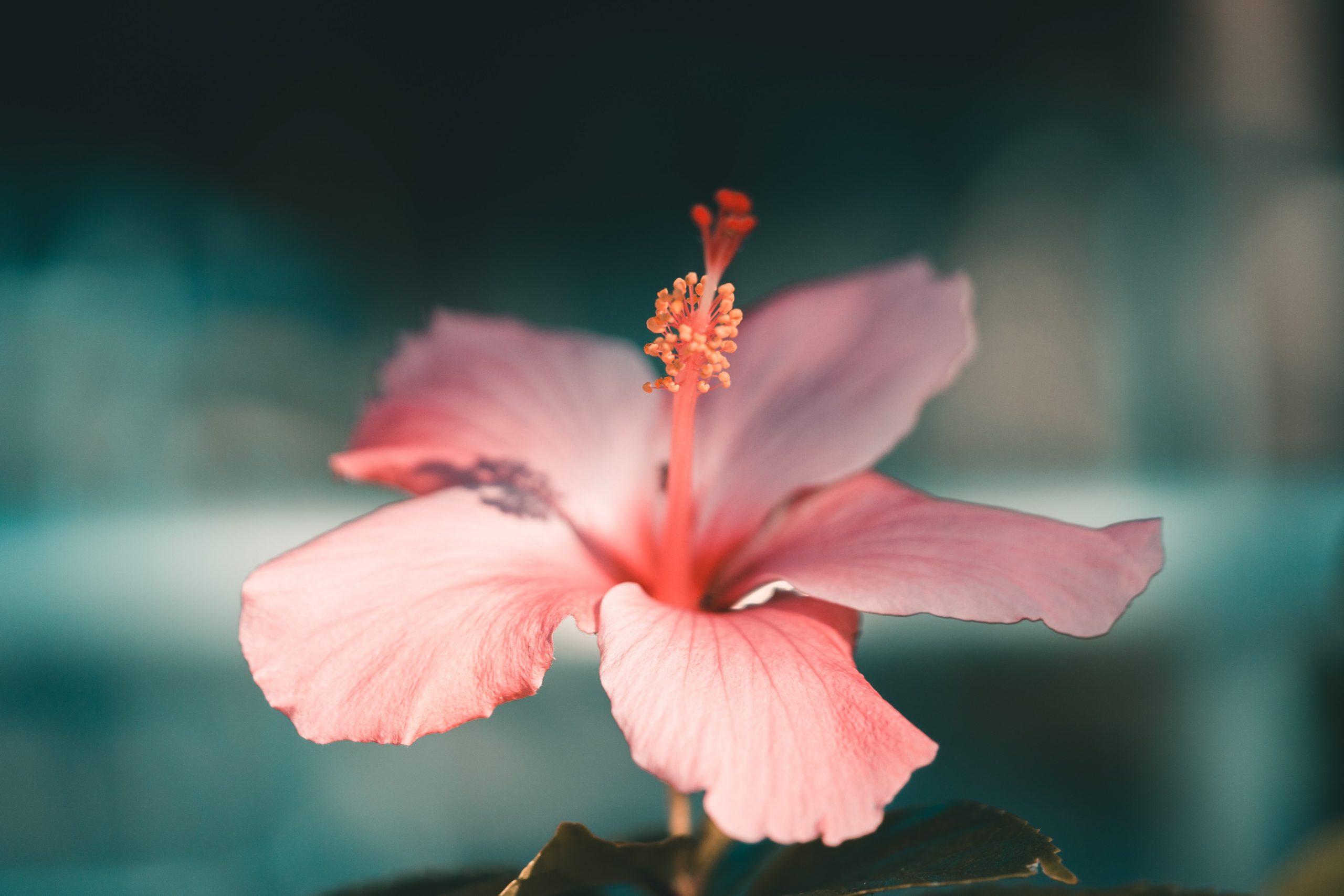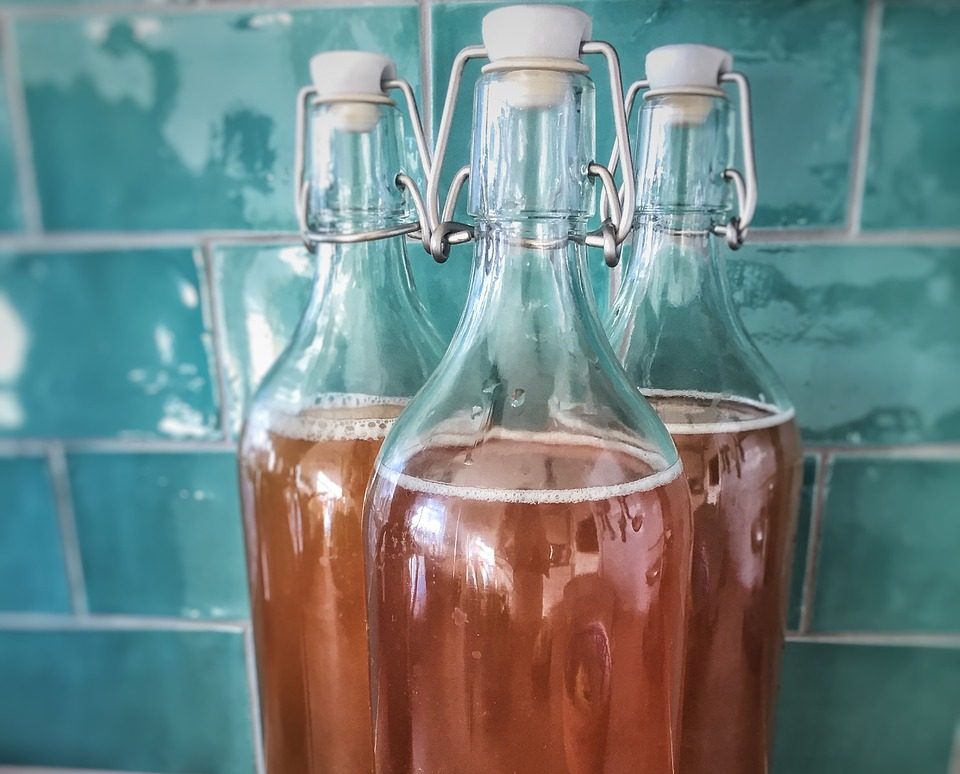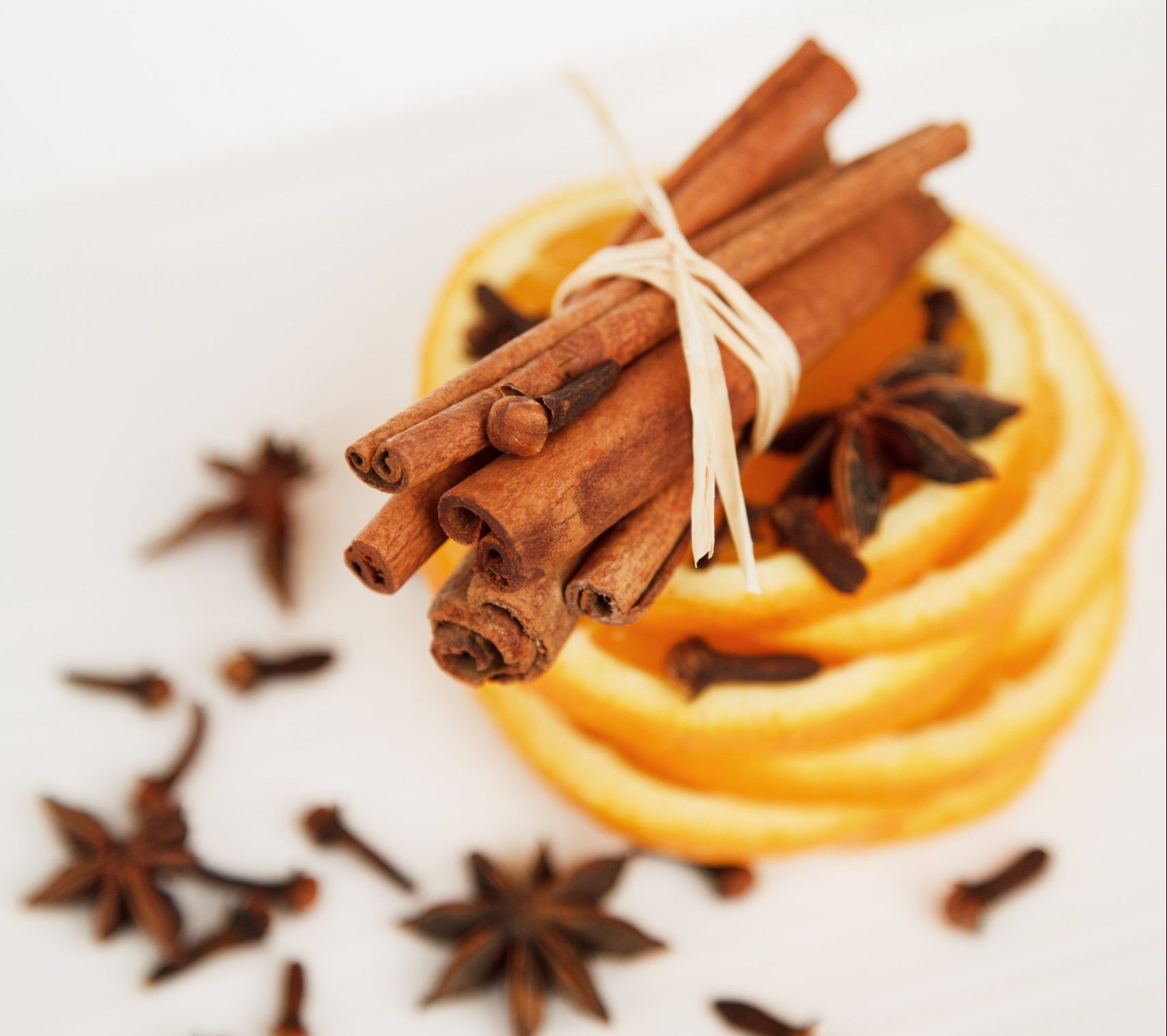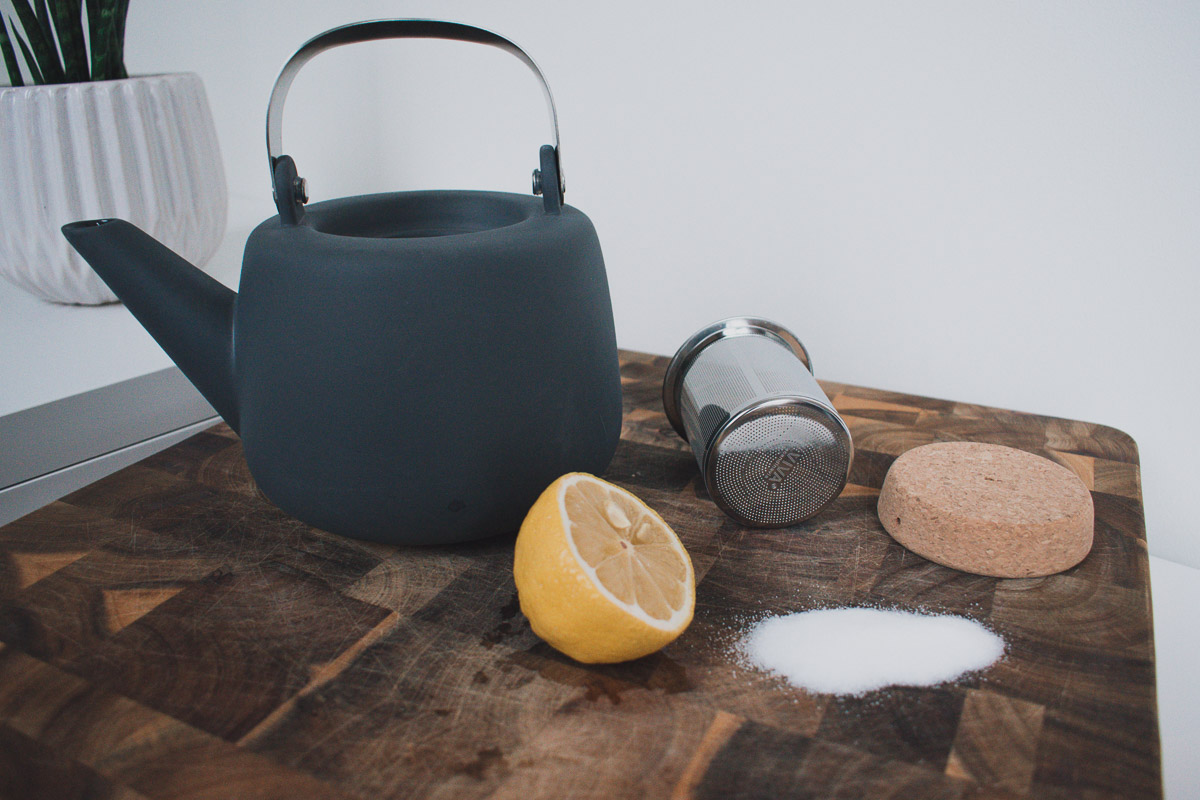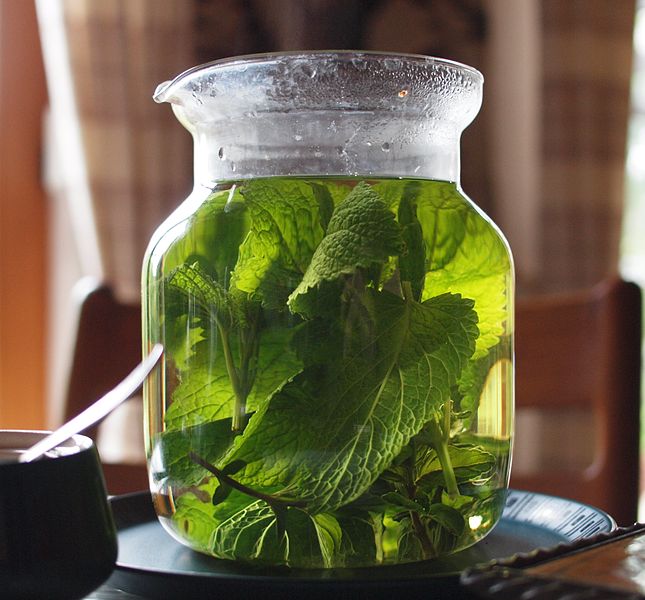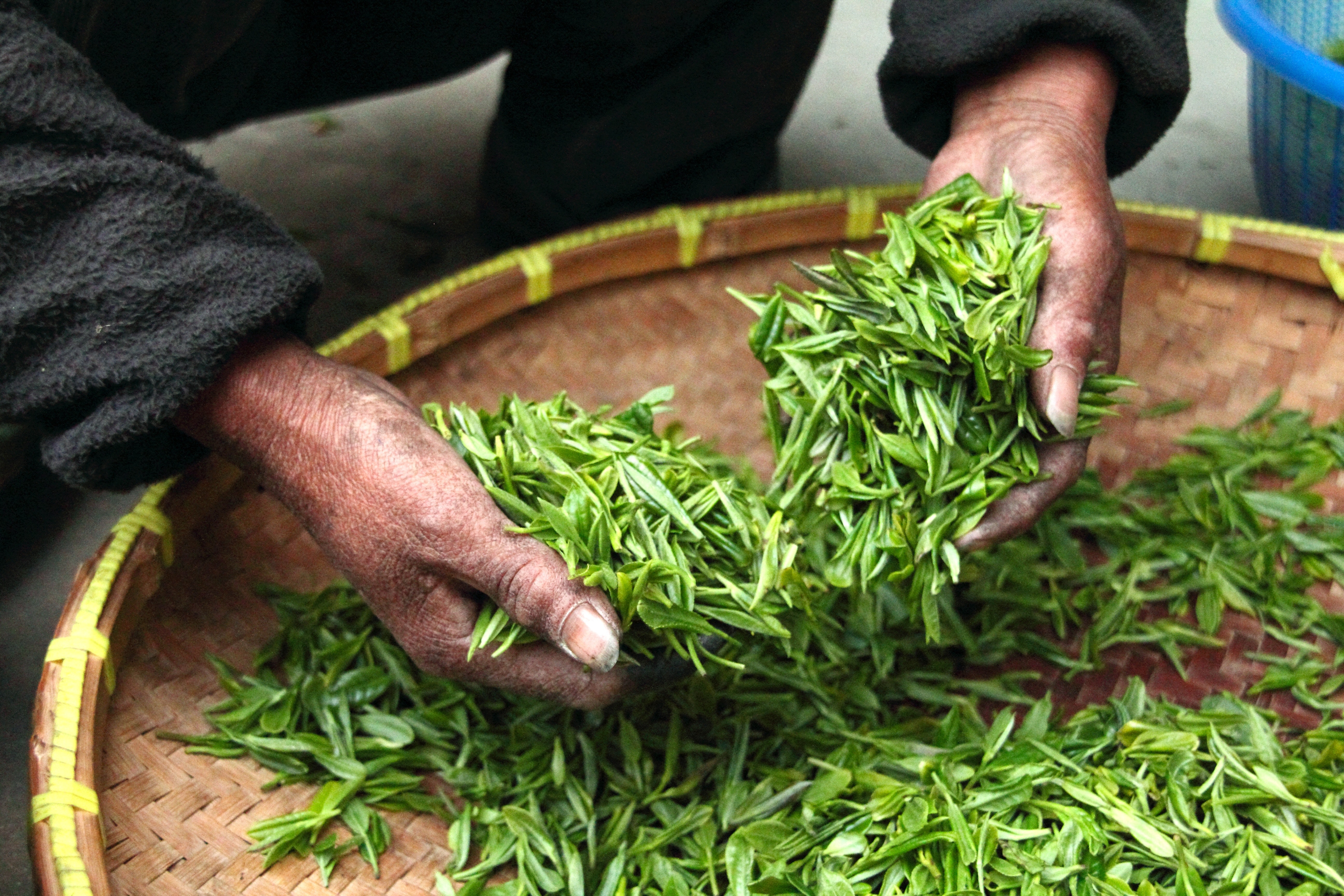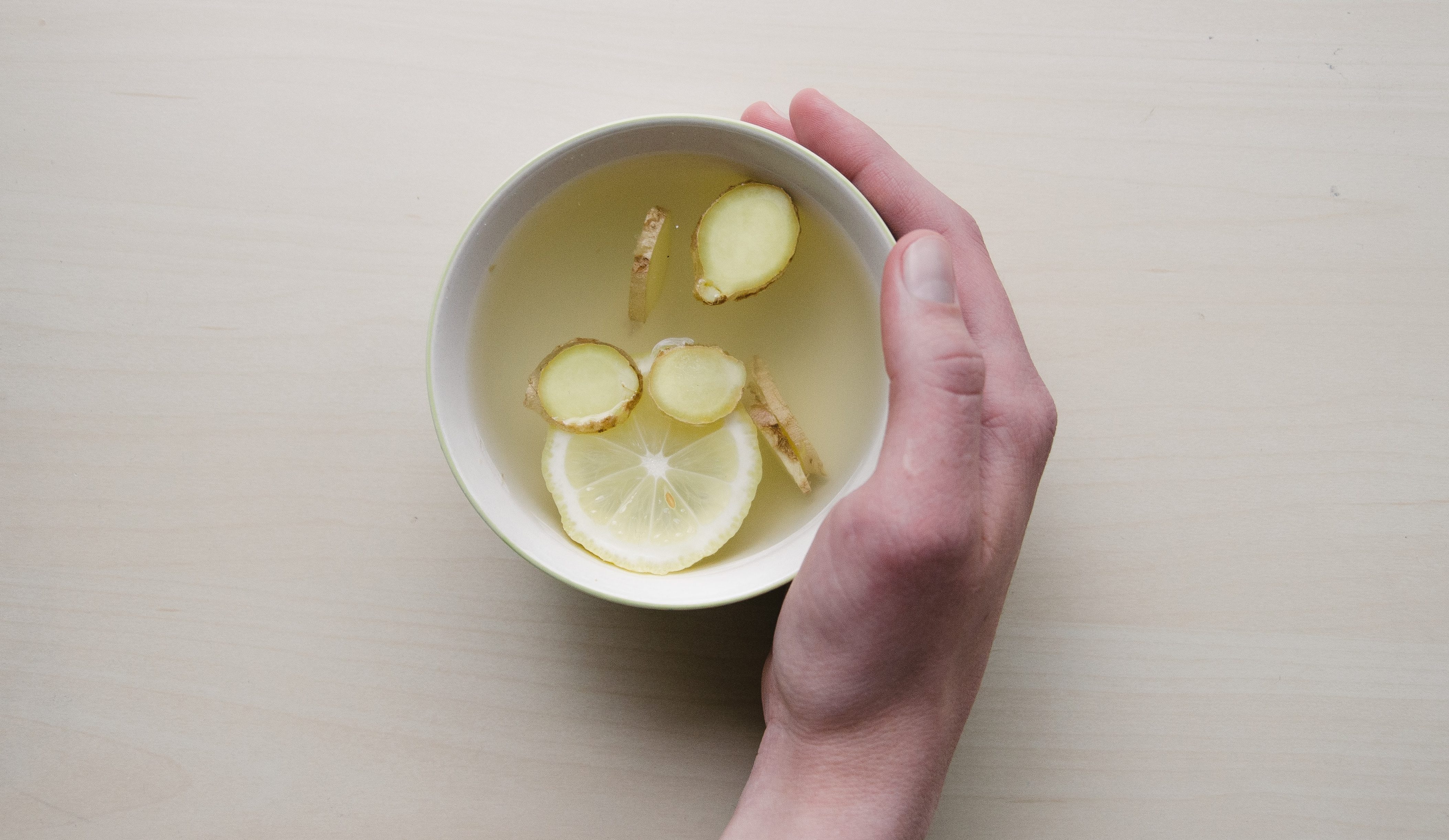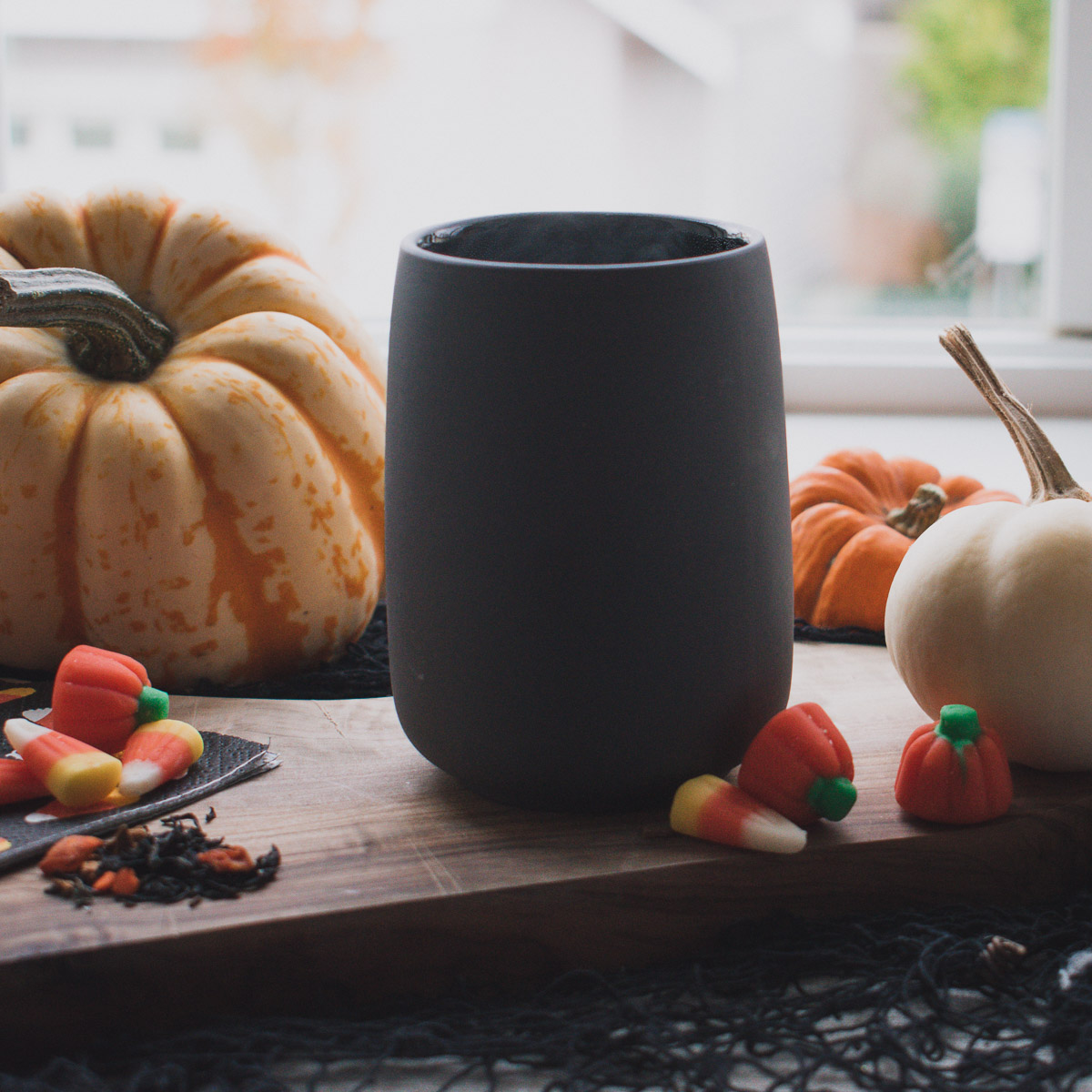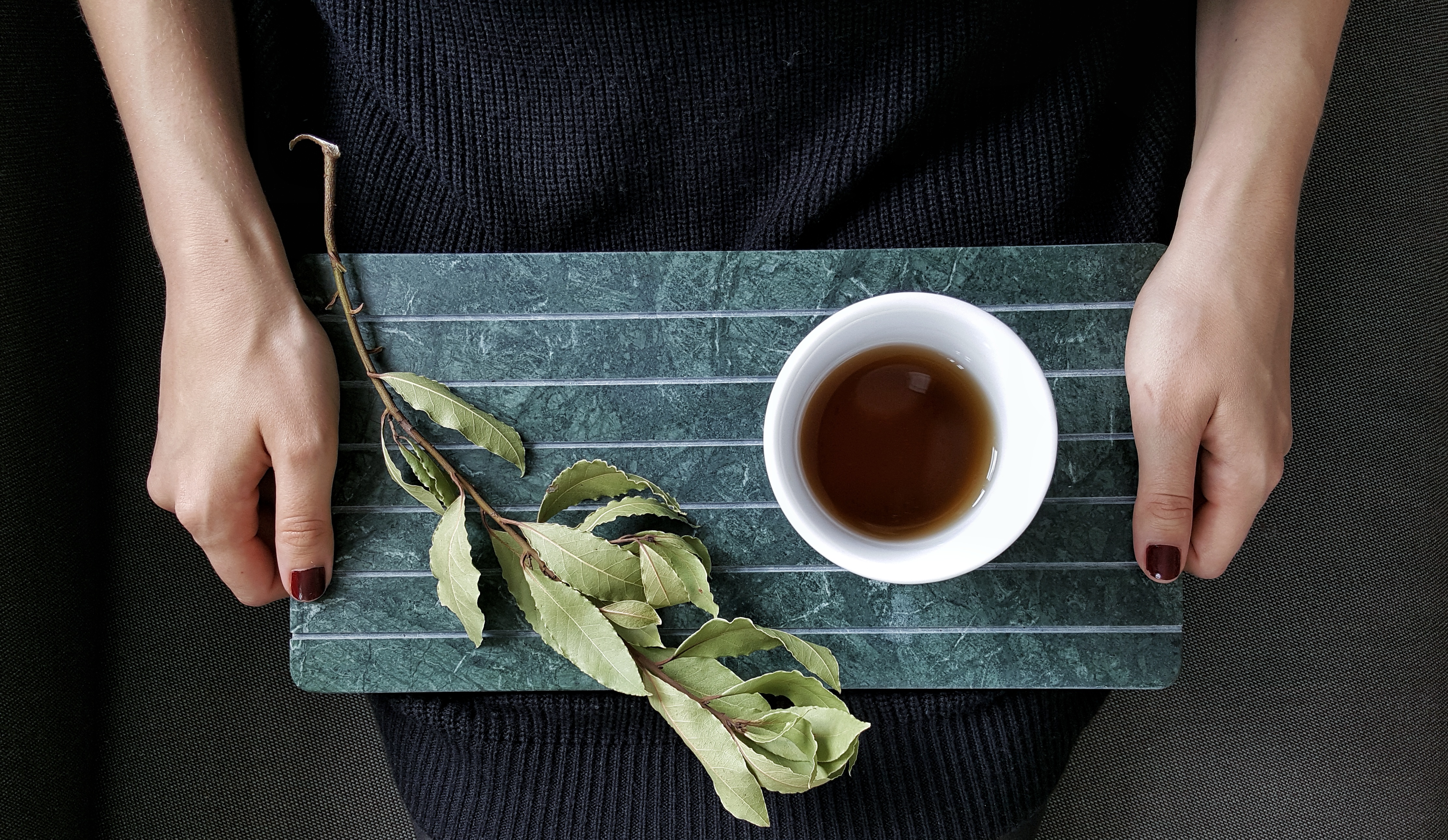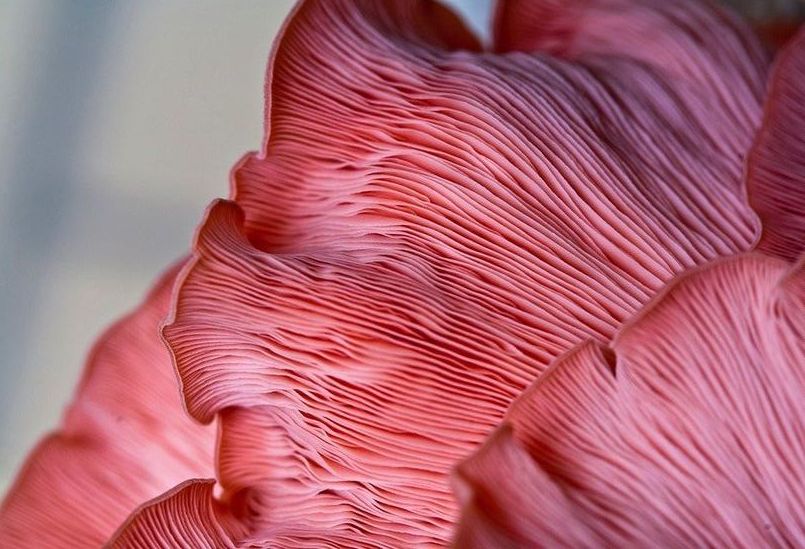Many people would agree there’s no better way to spend a cold and dark day than curled up with a blanket and a book, sipping on an aromatic cup of tea while snow falls outside. We’ve compiled some of the best teas for winter days – to warm you up from the inside out.
How to choose a winter tea
When you’re selecting a winter tea, it’s often a good opportunity to lean towards heavier options. Light and refreshing teas like lemongrass or peppermint are lovely year-round, but a bold, strongly flavoured tea will really hit the spot on a cold night. In winter, look for hearty teas that will warm and comfort you in the same way a hot meal does.
You can add depth and complexity to your winter tea with warming spices such as ginger and cinnamon. With cold and flu season, teas or additions that boost immunity or soothe the throat and stomach are also great picks for this time of year. Here are our favourite choices for cold weather teas.
Masala Chai
Masala chai, often simply called chai in Western culture, is a mildly spiced and sweet tea from India. In the early 1900s, British colonists campaigned for Indian people to drink more black tea. The Indian street vendors added their own twist to the English way of making tea of adding milk and sugar, and invented masala chai as we know it today. It remains one of India’s most popular drinks and is enjoyed all over the world.
Masala chai involves whole milk or cream and sweetener, enhanced with spices such as cinnamon, cardamom, ginger, star anise, and cloves. The result is a warm and comforting beverage. The spices used are usually similar to those in Christmas pies and puddings, and the milk and sugar adds a dessert-like quality so the tea has a soft, homely energy perfect for winter.
You can take your chai to a different level by making spiced rum chai as an evening treat on those frosty nights. Simply brew a tea bag or loose-leaf chai tea. Add a splash of cream, your preferred sweetener, and a dash of vanilla. Then finish with a shot (or two!) of spiced rum and a dusting of cinnamon. This is a delicious winter’s cocktail, perfect for when you want to kick your feet up and relax by the fire.
Don’t forget, good quality tea essentials will make all the difference in your chai-making experience. So stock up on a strainer, a milk frother, and a good quality chai powder to make the perfect drink at home!
Read Also: Tea Culture Around the World
Autumn Flush Tea
Black tea from Darjeeling or Nepal is often categorized by flushes. This refers to the time of year the tea leaves are picked, which impacts its flavour and body. The first flush is from March to April, second flush is from June to July and the autumn flush is the last tea of the year, picked and processed in the months of October and November.
The autumn flush occurs once the monsoon season has passed. There’s less rainfall and the temperatures are cooler. Tea bushes move towards hibernation and produce fewer tea leaves. Just as nature provides us food according to the seasons, it’s true of tea as well. This colder season gives rise to tea with a coppery hue and a bold, less floral flavour profile than other flushes. It often has notes of ripe grapes and berries. Autumn flush Darjeeling, in particular, has a very unique flavour.
First and second flush teas, with their clear and delicate taste, are usually held in higher regard than the unique autumn flush tea. However, the complexity and distinctiveness of autumn flush tea makes this a beautiful winter tea.
Shou pu-erh tea
Pu-erh tea is a fermented tea originating in China’s Yunnan Province. There are two main styles of pu-erh production: sheng (raw) pu-erh and shou (cooked) pu-erh. The latter was invented in the 1970s to quicken the fermentation process. Although shou pu-erh was invented to mimic sheng pu-erh, it is very different. For many tea drinkers, it’s an acquired taste and takes some getting used to, but it’s a must try.
Shou pu-erh tea is known for its rich, intense flavour and aroma. Shou pu-erh is dark and bewitching, yet full of familiar aromas, often delightfully savory, woody or smoky like a fine whiskey. Shou pu-erh is often compared to coffee and sometimes called a “coffee-lover’s tea.”
The strong and robust flavour of shou pu-erh makes it a hearty tea for cold days. Many people also enjoy drinking it if they’re suffering from a season cold. It can be a powerful decongestant and calms an upset stomach. Shou pu-erh is one of the best teas for winter particularly with the additions of orange or snow chrysanthemum.
Cinnamon tea
Is there a more quintessential cold weather spice than cinnamon? For many, the aroma evokes pleasant memories of festive celebrations with loved ones, delicious food and cozy winter days.
Cinnamon comes from the inner bark of the cinnamon tree, which forms the familiar cinnamon stick scroll while it dries. These sticks can be ground into powder or steeped directly in boiling water to make tea.
Cinnamon tea is known for its health benefits such as promoting weight loss, regulating blood sugar and alleviating menstrual cramps. Its spicy and sweet scent also makes this an excellent warming tea for cold days. Many people enjoy combining cinnamon tea with black tea, orange peel or sweet cloves.
A nice variation of cinnamon tea is apple crumble tea. This popular herbal tea is dessert-inspired and usually includes ingredients such as apple, chicory and nut flavourings. This sweet and aromatic blend makes this a delicious cold weather tea.
Winter tea additions
Sometimes the best teas for winter aren’t so much about the type of tea itself as what’s added to it.
There are so many flavours to add to a cup of tea, and many of them are perfect for achieving that comfy winter’s day feeling.
Ginger
Fresh ginger is a great addition to tea on a chilly day. This is because ginger’s natural oils have a warming effect. Fresh ginger is also known to promote blood circulation so it truly warms you up from the inside out, perfect for when your blankets and cosy sweaters aren’t quite enough. You might want to add ginger to an evening tea because, although it’s warming and stimulating, it won’t keep you awake.
Goji berries
These berries originate in China where they are a popular winter tea addition, often in combination with ginger. This is due to their health benefits for the kidneys and immune system. They are usually sold in dried form and on their own, goji berries taste similar to cranberries or sour cherries. And when you place a tablespoon into your cup of tea, you’ll love the subtle, sweet flavour they emit into the drink.
Lemon and honey
These common additions are known as natural remedies for easing a sore throat. Honey is a popular natural sweetener and lemon breaks up mucus and creates a soothing feeling. Plus, lemons are full of Vitamin C which is important for boosting your immune health. Lemon and honey, either separately or together, are great additions to black or green tea. If you want to avoid caffeine, they also go great in chamomile or rooibos.







